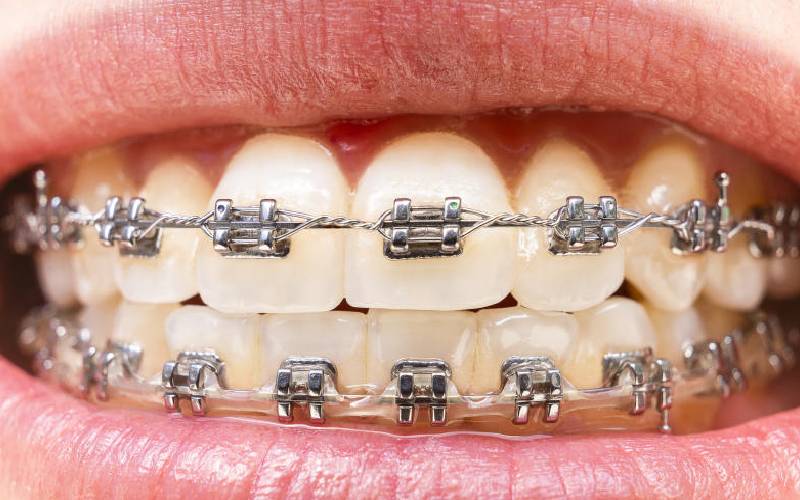×
The Standard e-Paper
Kenya's Bold Newspaper

The first impression you make on people will often be with a smile, and no one was more aware of his teeth than Tom Oloo, a marketing executive in a leading city tech firm. His job ensured that he was always face to face with people, and he was admittedly self-conscious about his teeth. They were crooked and he had what is often described as a toothy smile. The ladies thought it was cute, but Tom would rather have had straight teeth.